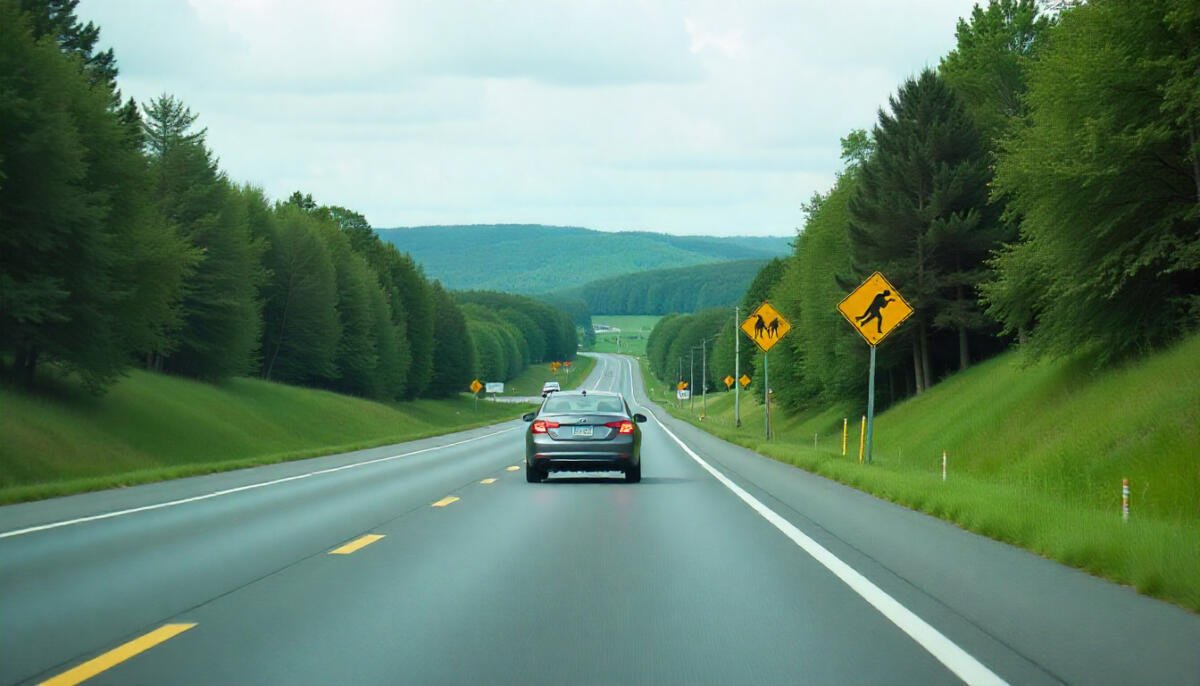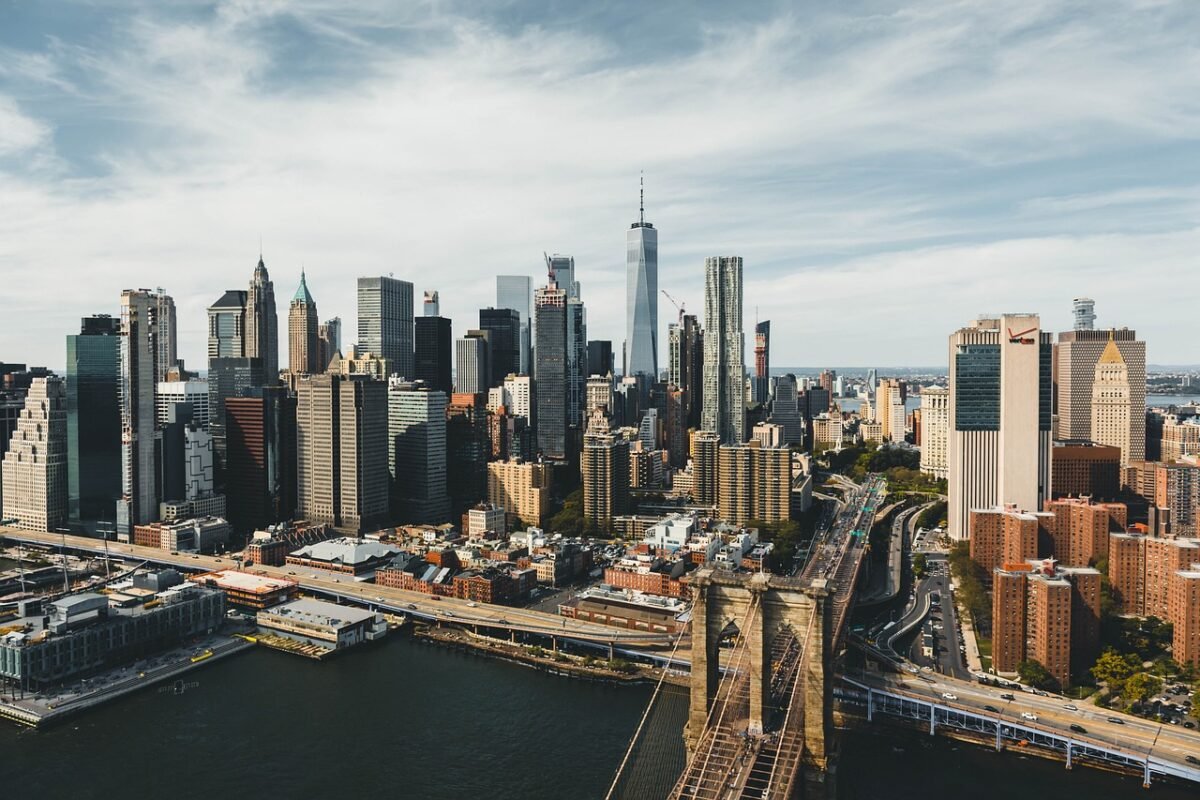Pennsylvania
Planning a road trip through Pennsylvania in 2025? Whether you’re visiting historic cities, scenic mountains, or charming small towns, driving gives you the freedom to explore at your own pace. However, navigating Pennsylvania’s roads as a tourist comes with its own set of rules, local customs, and hidden tips that can make a big difference in your travel experience. From understanding speed limits and toll roads to handling winter conditions and emergency situations, this guide covers everything you need to know before hitting the road. By following these tips, you can enjoy a smooth, safe, and memorable journey across the Keystone State.
1. Understanding Pennsylvania Roads & Traffic Patterns
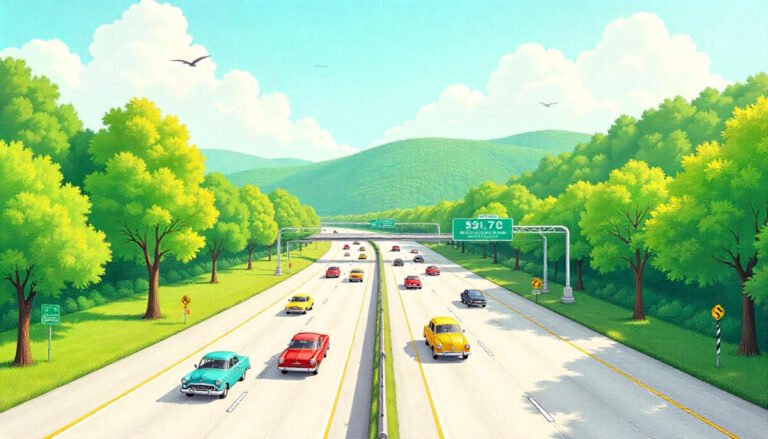
-
Pennsylvania has a mix of urban, suburban, and rural roads. Traffic in cities like Philadelphia, Pittsburgh, and Allentown can be heavy during rush hours (7–9 AM, 4–6 PM).
-
Rural roads may be narrow, winding, and uneven. Watch for sudden sharp curves, farm vehicles, and wildlife (deer are very common, especially in fall).
-
The Pennsylvania Turnpike (I‑76/I‑70/I‑276) is the fastest route across the state but requires tolls. Use a toll pass or rental car transponder to avoid fines and long stops.
-
Local streets may have one-way roads, especially in historic districts like Philadelphia’s Old City or Lancaster. Look for clear signage.
2. Speed Limits & Enforcement
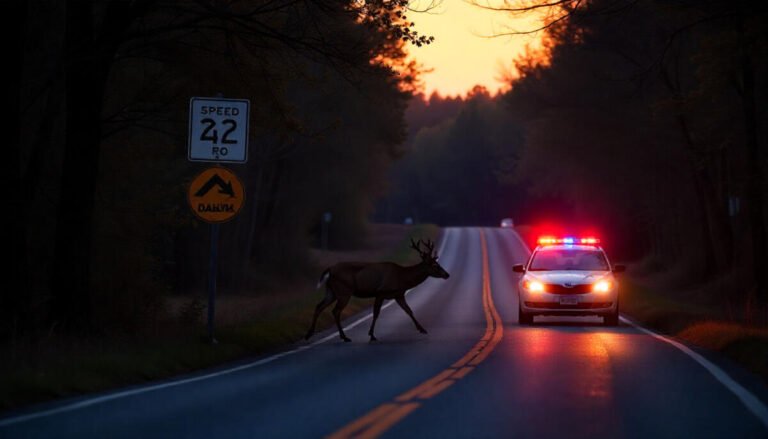
-
General speed limits:
-
Urban areas: 25–35 mph
-
Rural highways: 55 mph
-
Freeways/Turnpike: 65–70 mph
-
-
PA uses automated speed cameras in some school zones. Fines can be issued by mail to the vehicle owner.
-
Tip for tourists: Stick to the speed limits; locals often get caught by hidden cameras or patrols, so it’s safer and avoids fines.
3. Parking Rules & Tips
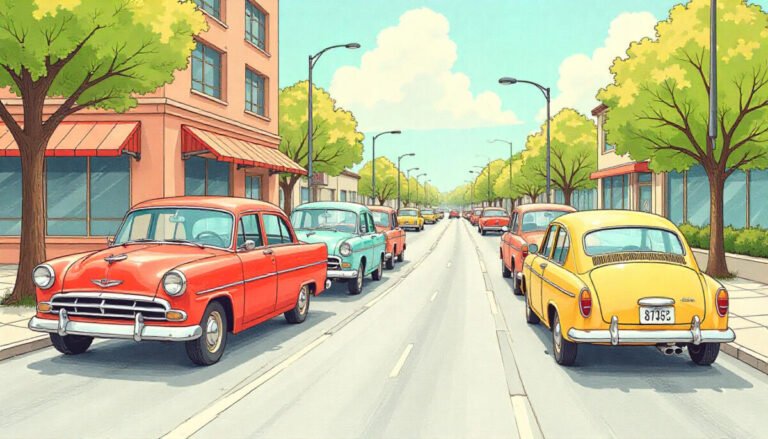
-
Cities like Philadelphia and Pittsburgh have metered parking, permit-only areas, and time-limited spots. Check street signs carefully.
-
Parking garages often have height restrictions, so if you rent an SUV, double-check.
-
In rural areas, parking is generally free but avoid blocking driveways, fire hydrants, or private property.
-
Handy apps: ParkMobile and SpotHero help you find legal parking and pay digitally.
4. Navigating Pennsylvania Weather

-
Winter: Roads can be icy. Snowstorms are common from December to February. Tires and driving cautiously are essential.
-
Rain & Fog: Spring and fall can bring heavy rain and fog in valleys. Reduce speed and use headlights in low visibility.
-
Summer: Road construction peaks in summer. Plan for detours and delays. PennDOT often posts alerts via 511PA.
5. Tolls & Turnpike Tips

-
Pennsylvania Turnpike tolls vary depending on distance. Most toll plazas accept E-ZPass, credit/debit cards, or cash.
-
Some rental cars automatically have toll transponders, but check with the company to avoid extra fees.
-
There are apps like Tollsmart to calculate toll costs beforehand.
6. Food, Rest Stops & Scenic Stops

-
The Turnpike and major highways have service plazas with restrooms, gas stations, and restaurants.
-
Scenic routes for tourists:
-
Route 6 (PA Grand Route): Runs across the northern part of the state, passes forests, rivers, and small towns.
-
Laurel Highlands: Offers stunning mountainous scenery and historic sites.
-
Pocono Mountains: Popular for lakes, forests, and winter sports.
-
-
Tip: Stop early for meals or snacks — rural areas can have long stretches without services.
7. Local Driving Etiquette
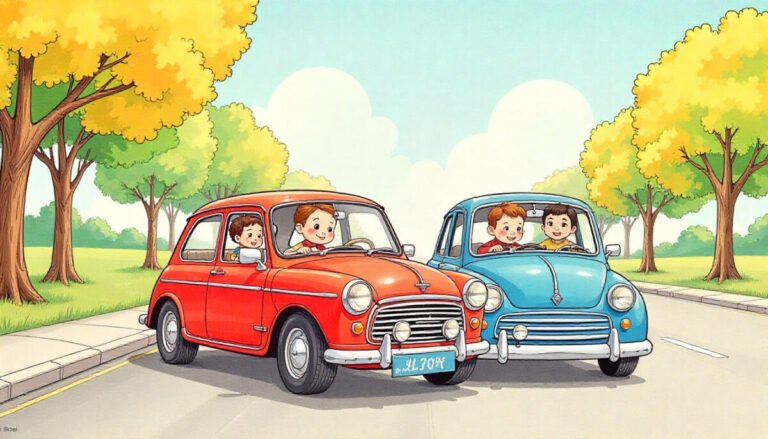
-
Right Lane Rule: Stay in the right lane unless overtaking. Aggressive lane changes are frowned upon.
-
Use of Horn: Reserved for warnings; don’t honk unnecessarily.
-
Turn Signals: Mandatory for all lane changes and turns. Pennsylvania law requires signaling 100–300 feet before the maneuver.
-
School Buses: Stop in both directions when a school bus flashes red lights. Failing to do so can result in hefty fines.
8. Car Rentals & Insurance
-
Tourists should confirm insurance coverage for rental cars. Many international credit cards provide coverage; double-check with your provider.
-
Always check the car for damage before driving off. Document scratches or dents to avoid disputes later.
-
Ask the rental company if winter tires or chains are included if traveling in snowy regions.
9. Emergency Procedures
-
Roadside emergencies:
-
Call 911 for accidents or emergencies.
-
Use your rental company’s roadside assistance for breakdowns.
-
-
Accident protocol: Move the vehicle if safe, exchange insurance info, document damage, and report to the rental company.
-
Tips: Keep a first-aid kit, flashlight, and bottled water in your car, especially for long rural drives.
10. Useful Apps & Resources
-
511PA: Real-time traffic, construction, weather alerts (511pa.com)
-
Google Maps/Waze: Navigation and traffic alerts
-
ParkMobile/SpotHero: Parking assistance
-
Weather.com: For real-time weather updates along your route
11. Tips for Tourists
-
Avoid rush hours in Philadelphia and Pittsburgh if possible.
-
Carry cash for small tolls or parking in rural areas.
-
Check local events: Street fairs, marathons, or parades can close roads unexpectedly.
-
Plan scenic stops: Pennsylvania is full of historic landmarks, waterfalls, and hiking trails that are easy to miss if driving straight through.
Final Thoughts
Driving in Pennsylvania as a tourist in 2025 can be an enjoyable and memorable experience if you prepare properly. From bustling cities like Philadelphia and Pittsburgh to scenic routes in the Poconos and Laurel Highlands, Pennsylvania offers a wide variety of landscapes and attractions.
By understanding local traffic rules, keeping up with weather conditions, planning for tolls, and following parking and safety guidelines, you can have a stress-free trip. Always stay alert, courteous, and informed — and your road trip through Pennsylvania will be safe, fun, and full of adventure.
Frequently Asked Questions (FAQ)
1. Do I need an International Driving Permit (IDP) to drive in Pennsylvania as a tourist?
Yes, if your driver’s license is not in English, an IDP is strongly recommended. Even if your license is in English, carrying an IDP can make interactions with law enforcement smoother.
2. Can I drive on the Pennsylvania Turnpike without a toll pass?
Yes, cash and card payments are accepted at most toll plazas. However, using an E-ZPass or the rental car transponder is faster and helps avoid potential fines for missed tolls.
3. Are there specific laws for using a mobile phone while driving?
Yes. Pennsylvania bans texting and handheld phone use while driving. Hands-free devices are allowed, and fines can apply for violations. Always stay updated on new laws, as they may change year to year.
4. What should I do if I get into a minor accident as a tourist?
Move your vehicle if safe, call 911 if anyone is injured, document the incident with photos, exchange insurance information, and report to your rental company. Avoid arguing at the scene.
5. Is it safe to drive in rural or scenic areas during winter?
Yes, if you take precautions. Roads can be icy or snowy, so drive slowly, keep a safe distance from other vehicles, and ensure your rental car has proper tires. Keep emergency supplies like water, blankets, and a flashlight in your car.

